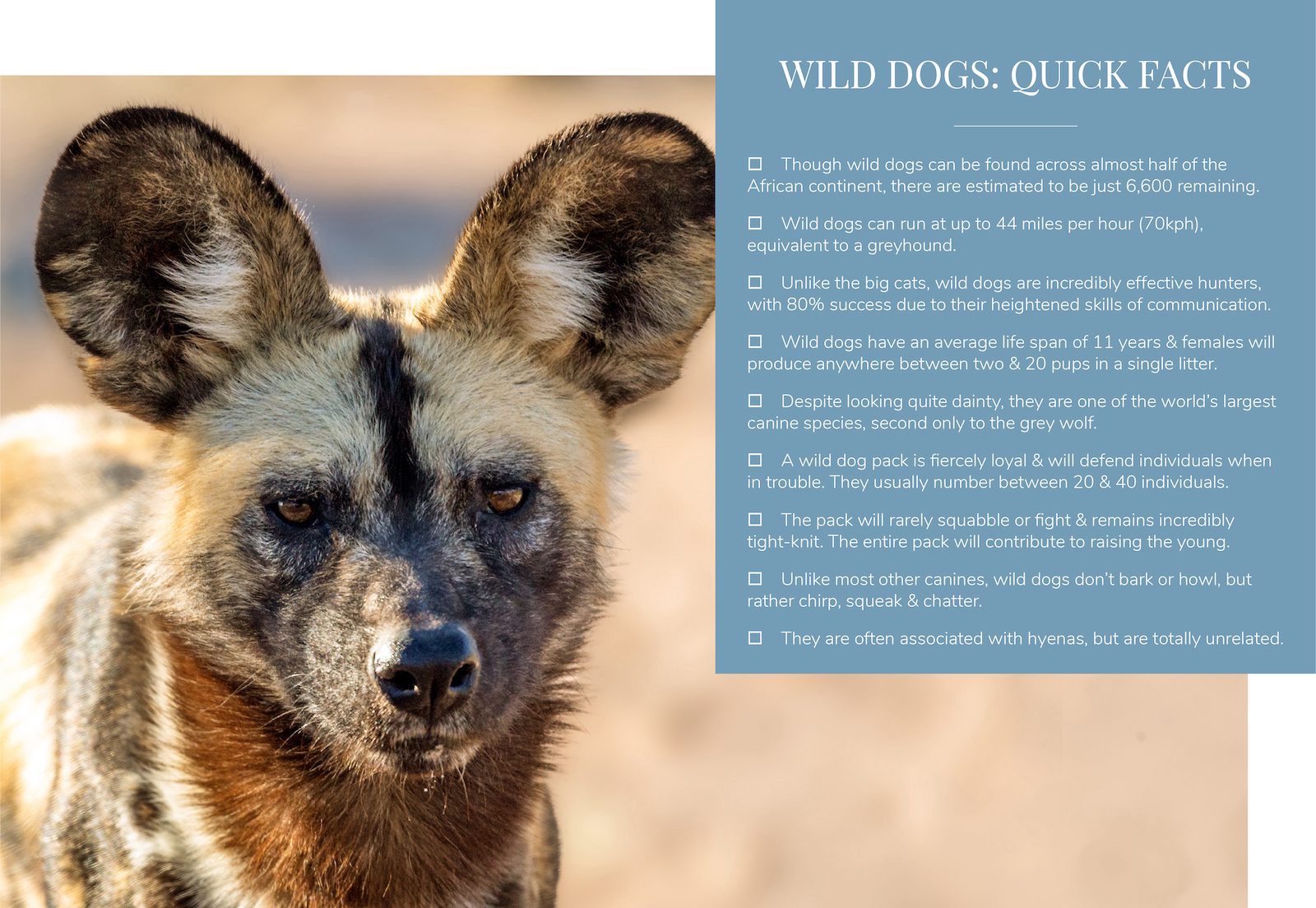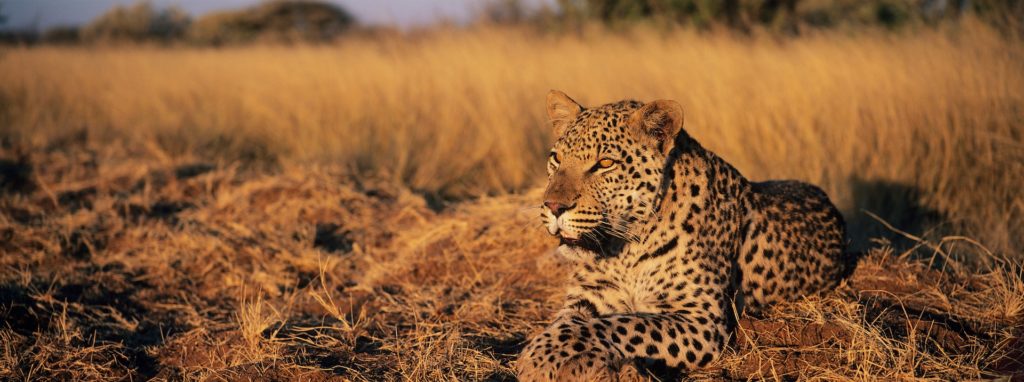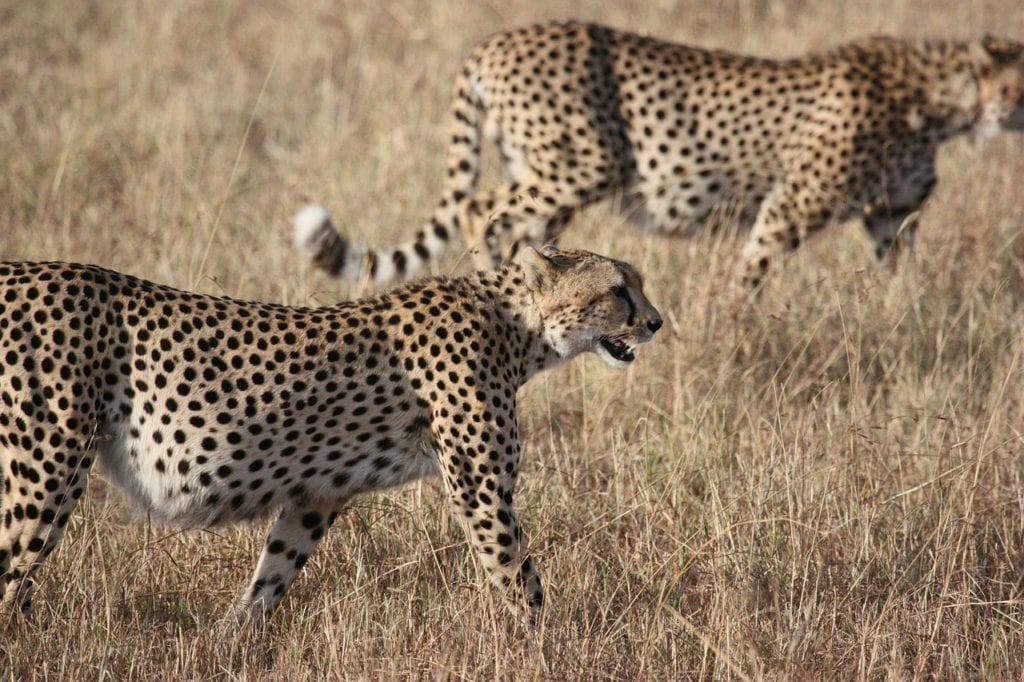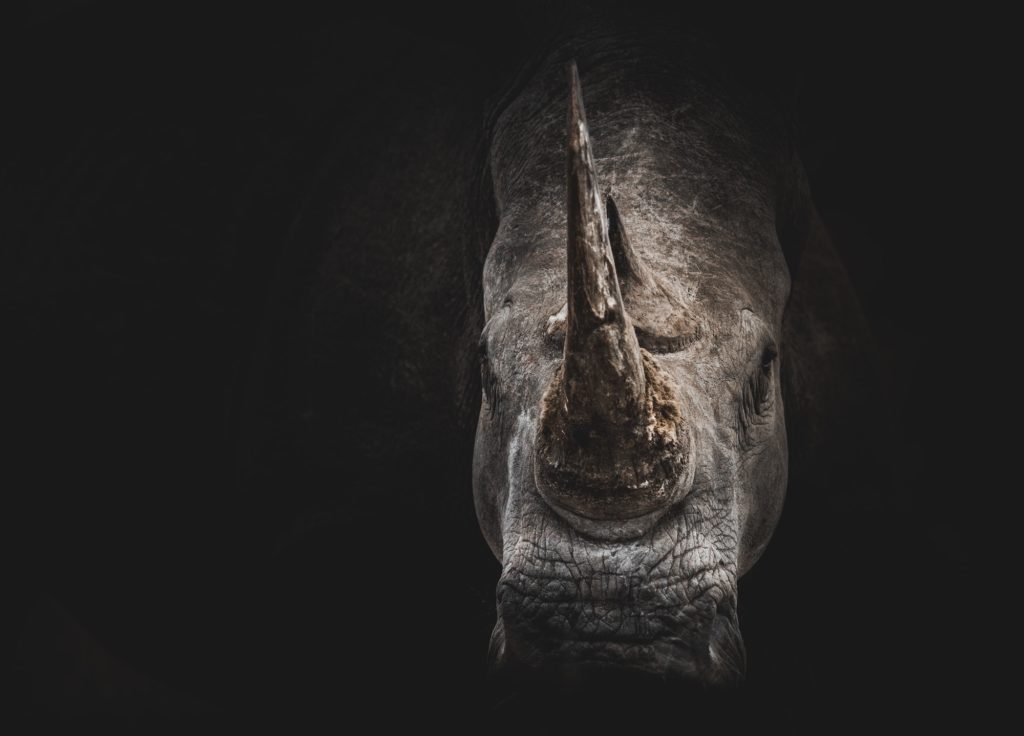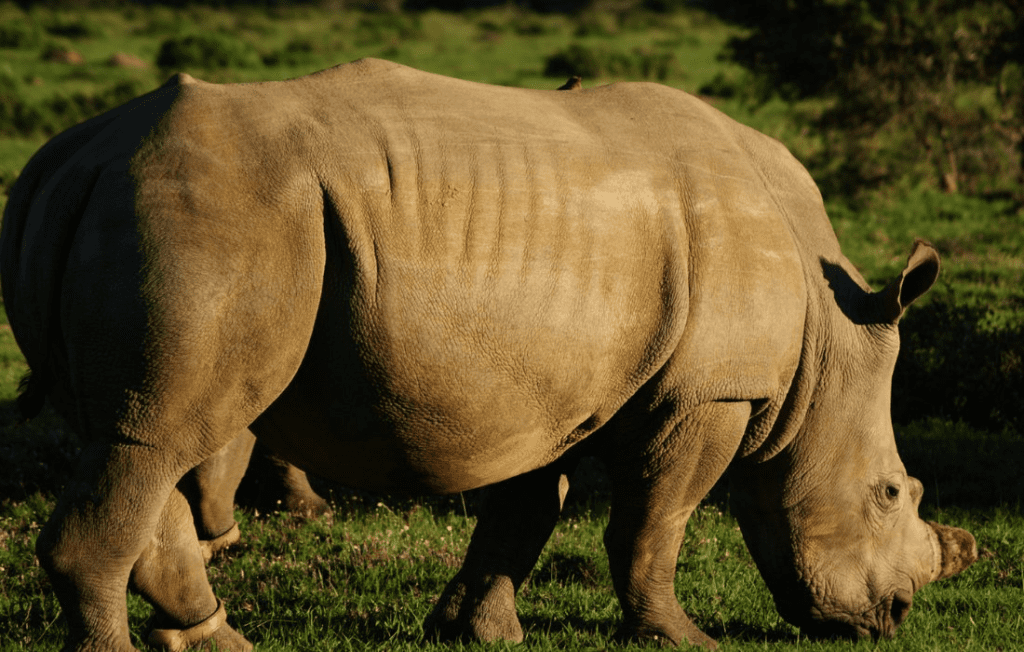PAINTED POOCHES
The Best Places to See African Wild Dogs
African wild dogs are some of the continent’s most sought-after sights.
The Big Five have their fans, the obvious choices of an African safari. Giraffe, zebra and a million migrating wildebeest are all but guaranteed, depending on the season. But wild dogs – also known as painted or hunting dogs – are elusive, scattered and sadly endangered.
These pretty, long-limbed canines are wonderful to photograph when the opportunity arises. When not hunting or feeding, one might be fooled into believing that they are placid, adorable and even cuddly. But in action, wild dogs show acute intelligence, collaborative planning, profound ferocity and the ability to tackle game several times their size.
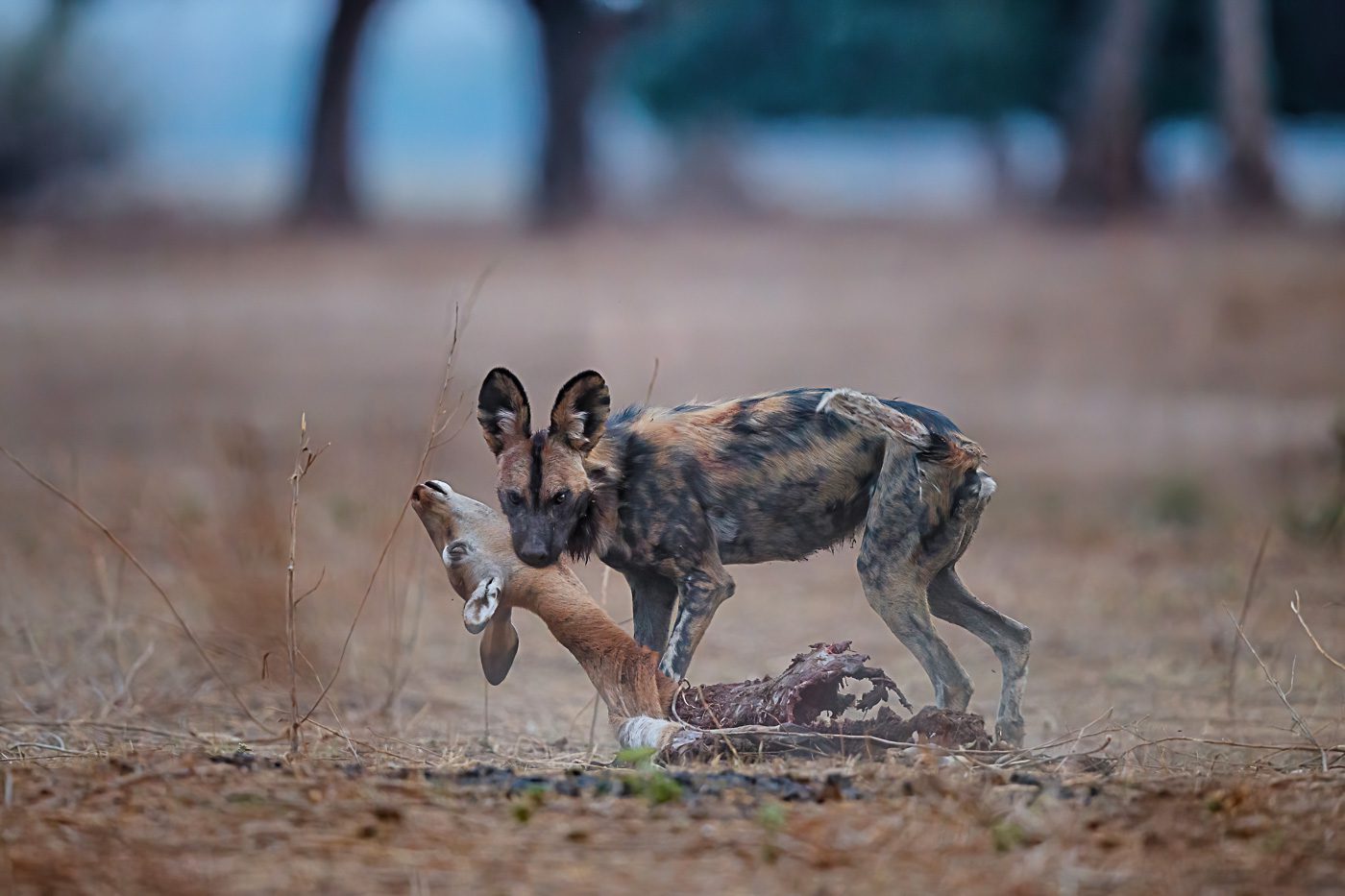
Though often associated with hyenas, possibly due to their similarly spotted coats, they are entirely unrelated, and while hyena will scavenge and take advantage of other species’ hunting efforts, wild dogs make their own kills, and incredibly efficiently.
Perhaps even more than domestic dogs, wild dogs are exceptionally intelligent, rallying before a hunt, chirping and chattering to communicate their intentions and preying on a wide range of herbivores with astounding formation and synergy. When the kill has been made, the young and sick are often the first to feed, the alpha male and female frequently waiting until last. This remarkable sense of community, compassion and social unity is rarely seen to such a degree in the wild, and their subtle communication and body language can make the pack appear almost telepathic in their level of understanding.
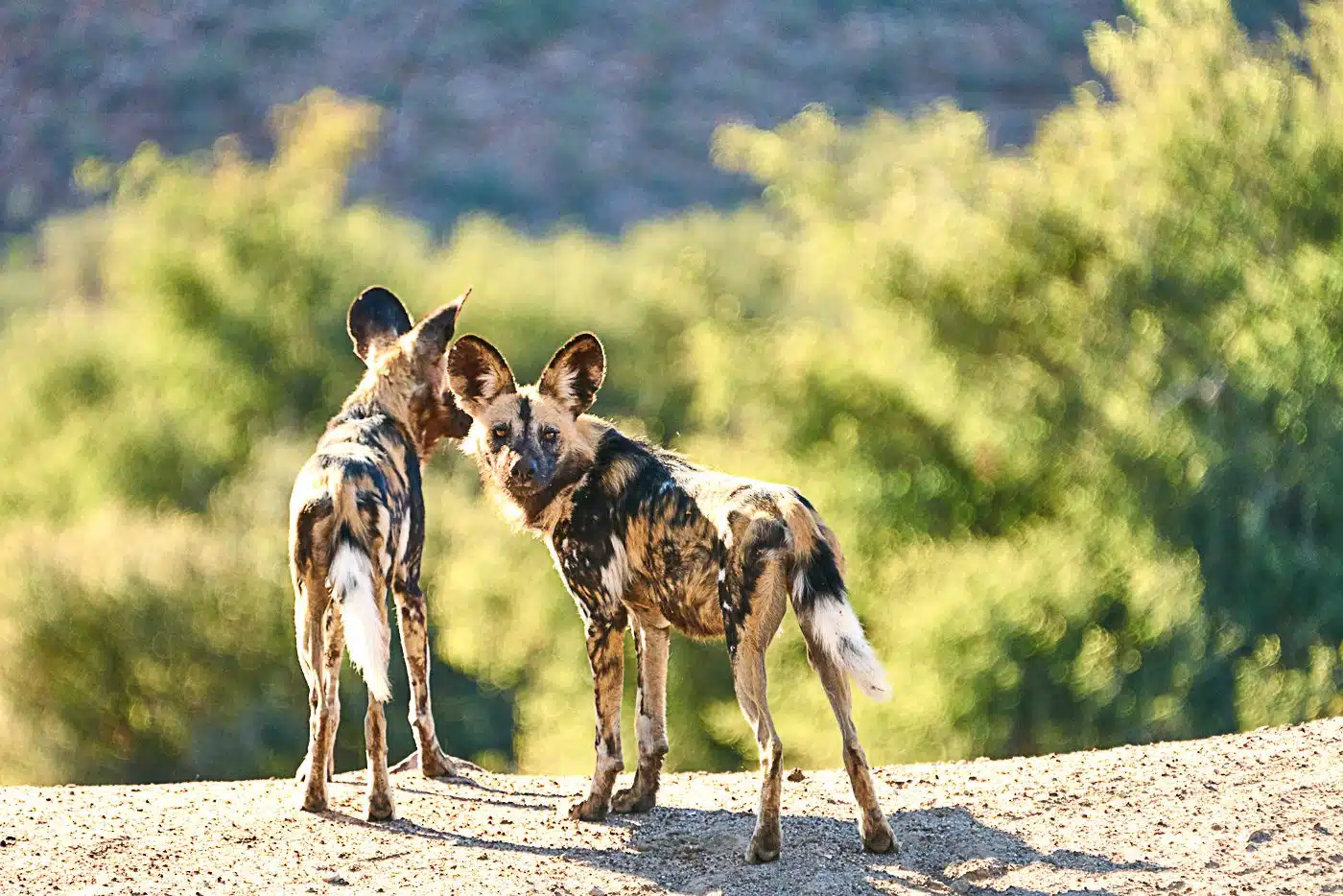
A wild dog hunt is a spectacular, though frequently rather gruesome, sight to behold, the orchestration sublime and fatally effective. But, as the world’s most endangered species, witnessing them while on safari can be a frustratingly fruitless exercise.
Fortunately, despite refusing to be domesticated like other canine species, wild dogs are fairly acceptant of human presence, and with our extensive knowledge and an expert guide, you will have the best chance possible of witnessing these striking dogs of the African grasslands.
These are six of the best destinations for observing African wild dogs:
Mana Pools, Zimbabwe
Zimbabwe’s Mana Pools on the Lower Zambezi is an ideal place to observe African wild dogs.
In the dry season between May and November, water levels fall, drawing a wide variety of game closer to the region’s permanent water source. Here, you can often enjoy fairly regular sightings of the two packs of resident dogs, numbering about 100 individuals in total, coming to the pools to hydrate and occasionally hunt.
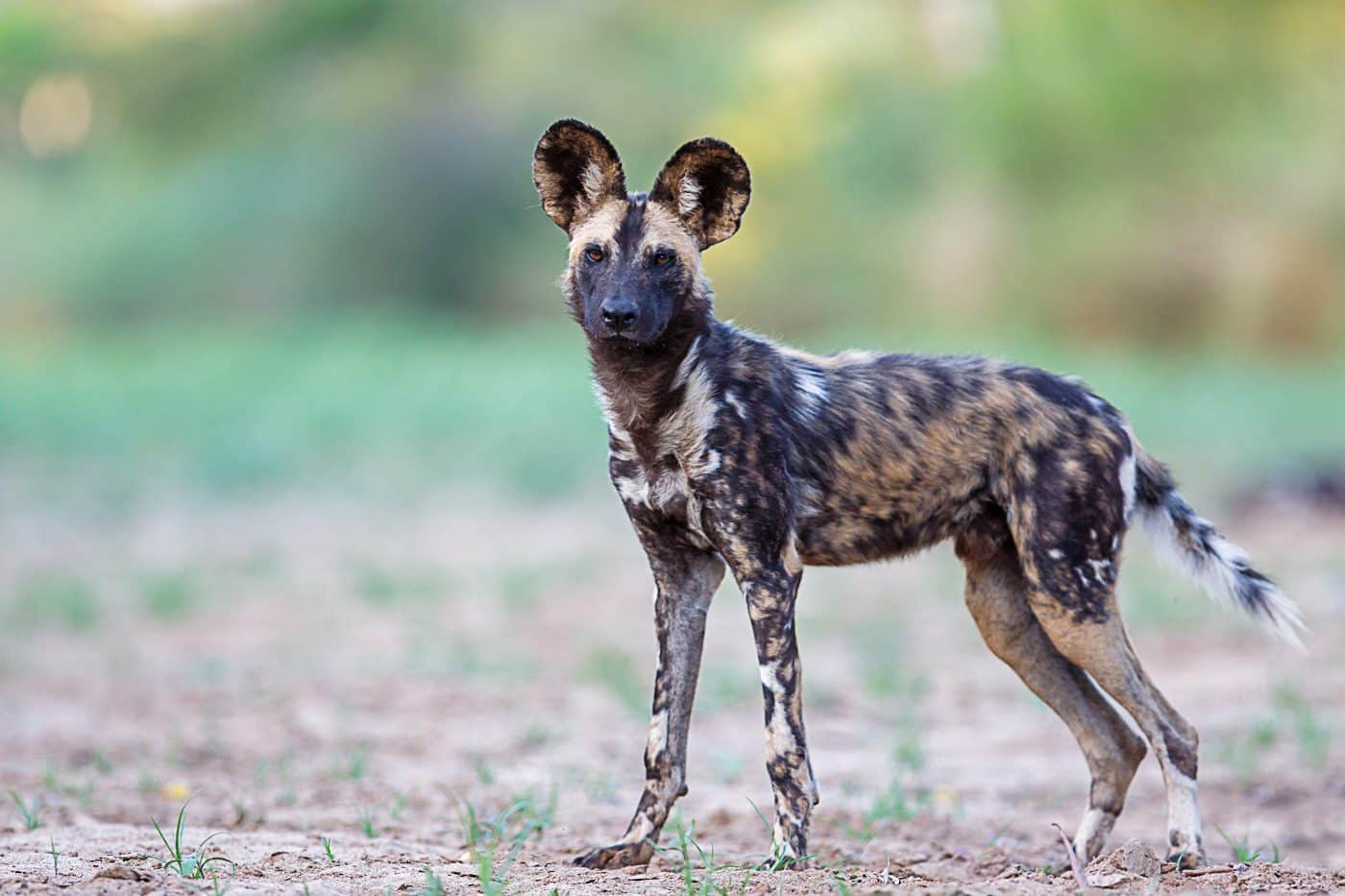
There is a selection of excellent lodges within Mana Pools National Park, and wild dogs are by no means the only wildlife attraction. The region is renowned for its elephant population and while the waterholes draw plenty of game, the Zambezi River offers the opportunity for canoeing expeditions and is home to hippo, crocodile and many antelope species that come to the riverbanks to feed and drink.
Though Mana Pools is a fairly large park, covering an area of 2,612 square miles (6,766 sq km), the low-water dry season makes locating the two packs of wild dogs far easier and sightings, while not entirely guaranteed, are highly likely.
Selous Game Reserve (Nyerere National Park), Tanzania
The Selous Game Reserve is the largest protected reserve on the African continent covering an area of 21,000 square miles (54,600km²). Because of this, sightings aren’t assured, despite the park having one of the largest populations, at approximately 800 dogs in several packs.
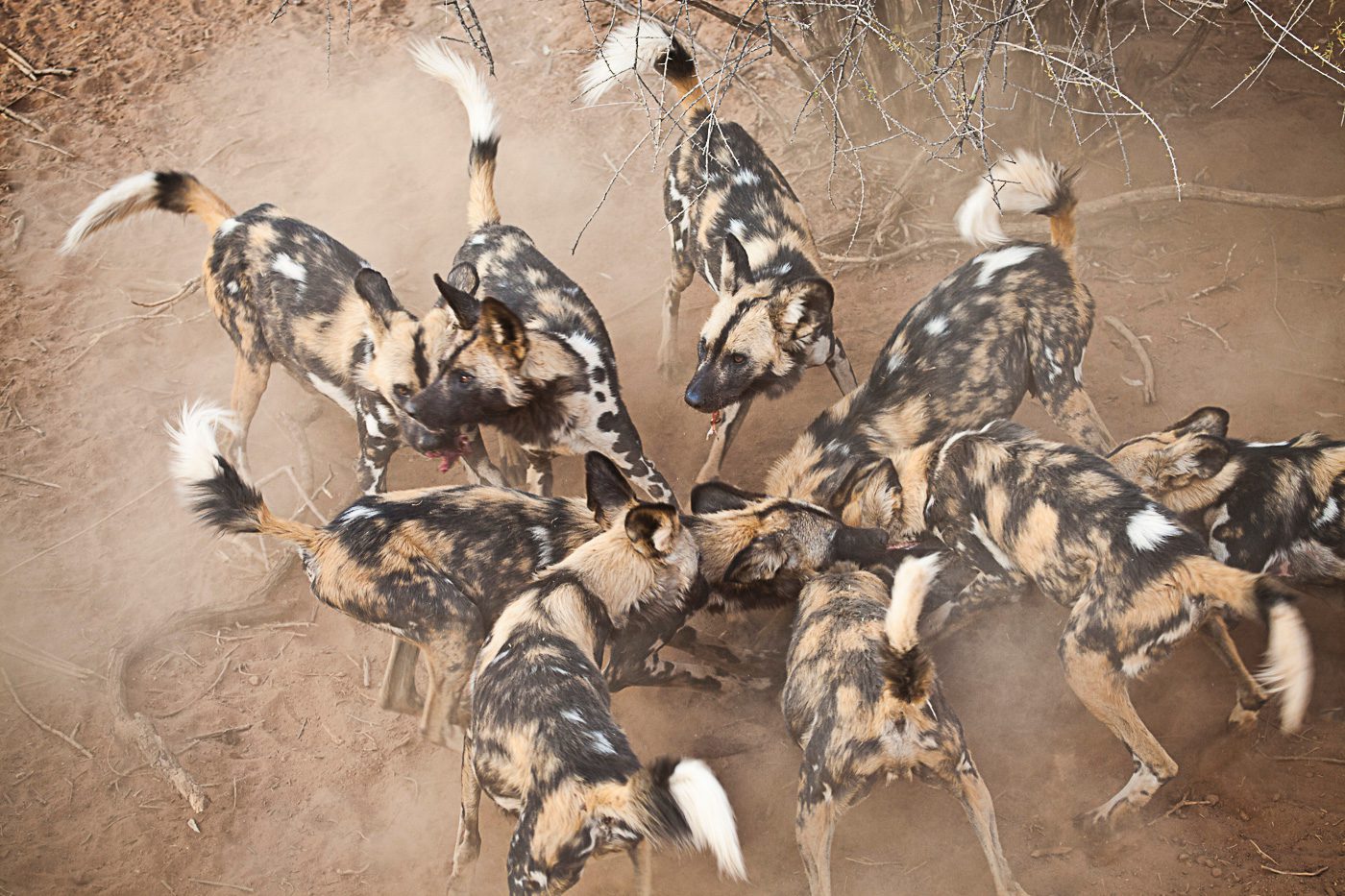
African wild dogs aren’t territorial as such and tend to wander the grasslands in search of abundant hunting grounds. So while they might be observed in a particular location for a week or more, they are equally as likely to disappear without a trace.
However, newborns are kept safe in a den, usually established in abandoned aardvark burrows or similar pre-excavated holes, and this will dictate the location of the entire communal pack. At these times, ranging between early May and September, the packs can be far more easily located. The height of the season is late May and early June, and it is then that you will have the best chance of spotting the local packs of wild dogs.
Endangered and protected, a number of the African wild dogs of Selous are fitted with radio trackers. This allows rangers to ensure that they are safe, but also affords expert guides the opportunity of locating the packs with greater ease. The safety and conservation of the dogs is, of course, paramount, so tracking and visiting are carefully monitored.
Moremi Game Reserve, Botswana
Similar to Mana Pools, one of the beauties of Moremi Game Reserve is that there is so much more to witness than the African wild dogs alone.
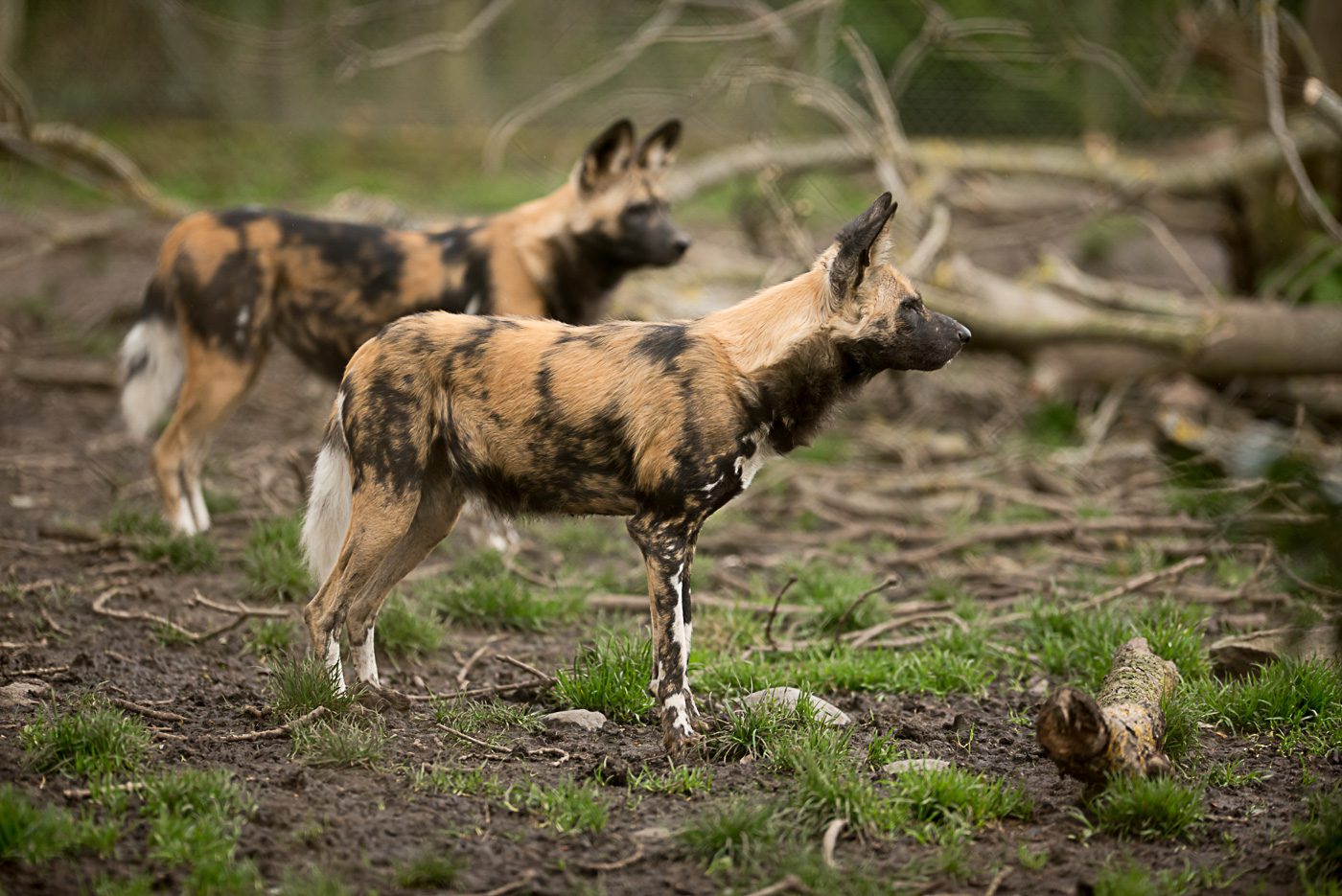
Though rhinos were decimated by poaching and habitat loss, conservation efforts are bringing both black and white rhino back to this, the oldest reserve of the Okavango Delta. These projects have once more made Moremi a Big Five destination, though rhino are still a growing but rare sight.
Cheetah, springbok and impala can also be found in Moremi, and the entire Okavango – of which Moremi covers some 40 percent – is renowned for its wonderful birding.
Like Selous, the best African wild dog opportunities lie in the dry months of winter, when the pups are being born and the packs’ movements are restricted. This takes place between May and July each year, generally regarded as one of the best times for the Okavango at large. Several packs bring the resident population to about 200 dogs, and this well-protected reserve has become a true haven for their numbers, which are slowly rising.
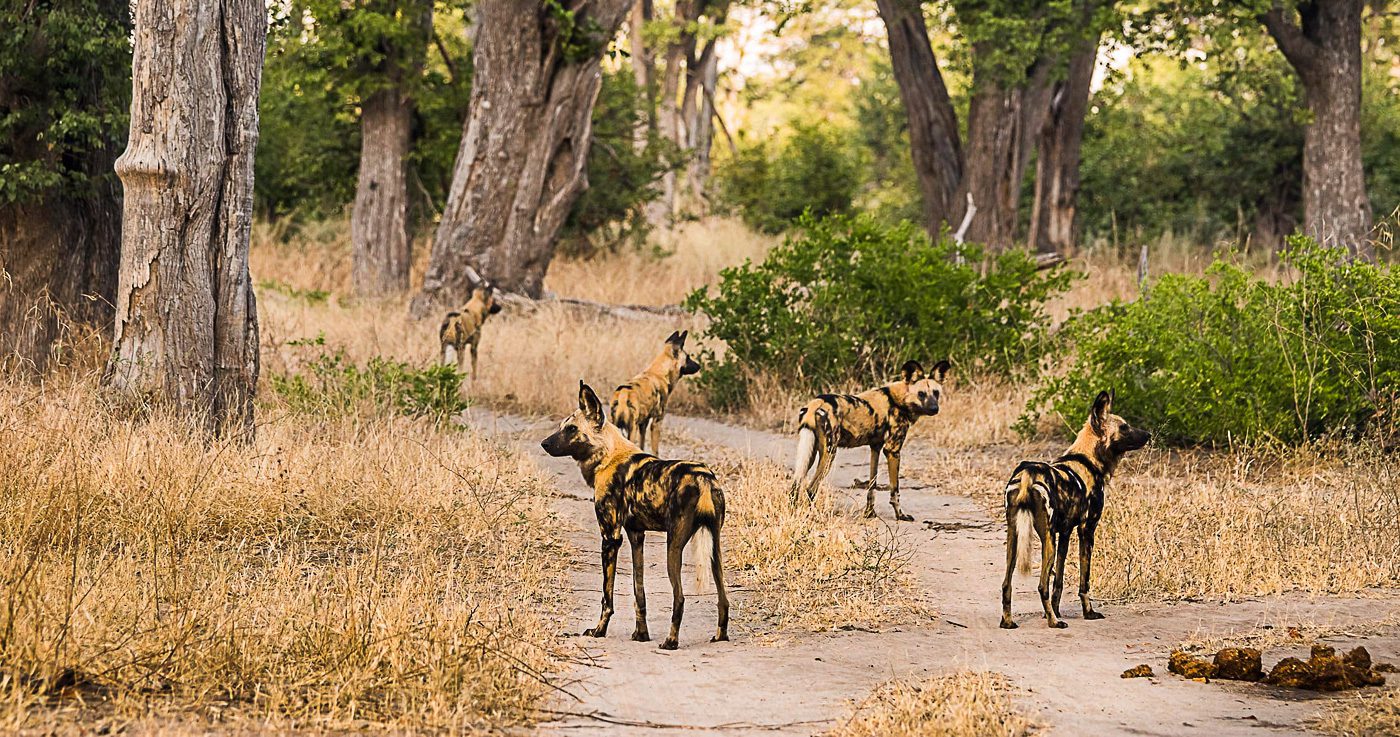
Botswana’s superb standard of guiding and tourism, combined with its luxury accommodations, abundant fauna and diverse landscapes , make Moremi one of our favourite destinations to recommend for guests who wish to see African wild dogs.
South Luangwa National Park, Zambia
Estimated at approximately 350 dogs, the South Luangwa population is one of the strongest in Africa.
Though African wild dogs aren’t poached in the conventional sense, their numbers are still heavily impacted by mankind. Habitat loss, snaring and the killing of wild dogs have been significant in past years, mostly as a way to protect livestock and communities. Interactions with domesticated dogs have also spread distemper and rabies, as has occurred across much of Africa, and this has decimated populations.
Fortunately, South Luangwa has a very active conservation program in place across numerous species. A de-snaring initiative and better habitat control have combined to make South Luangwa a stronghold for African wild dogs.
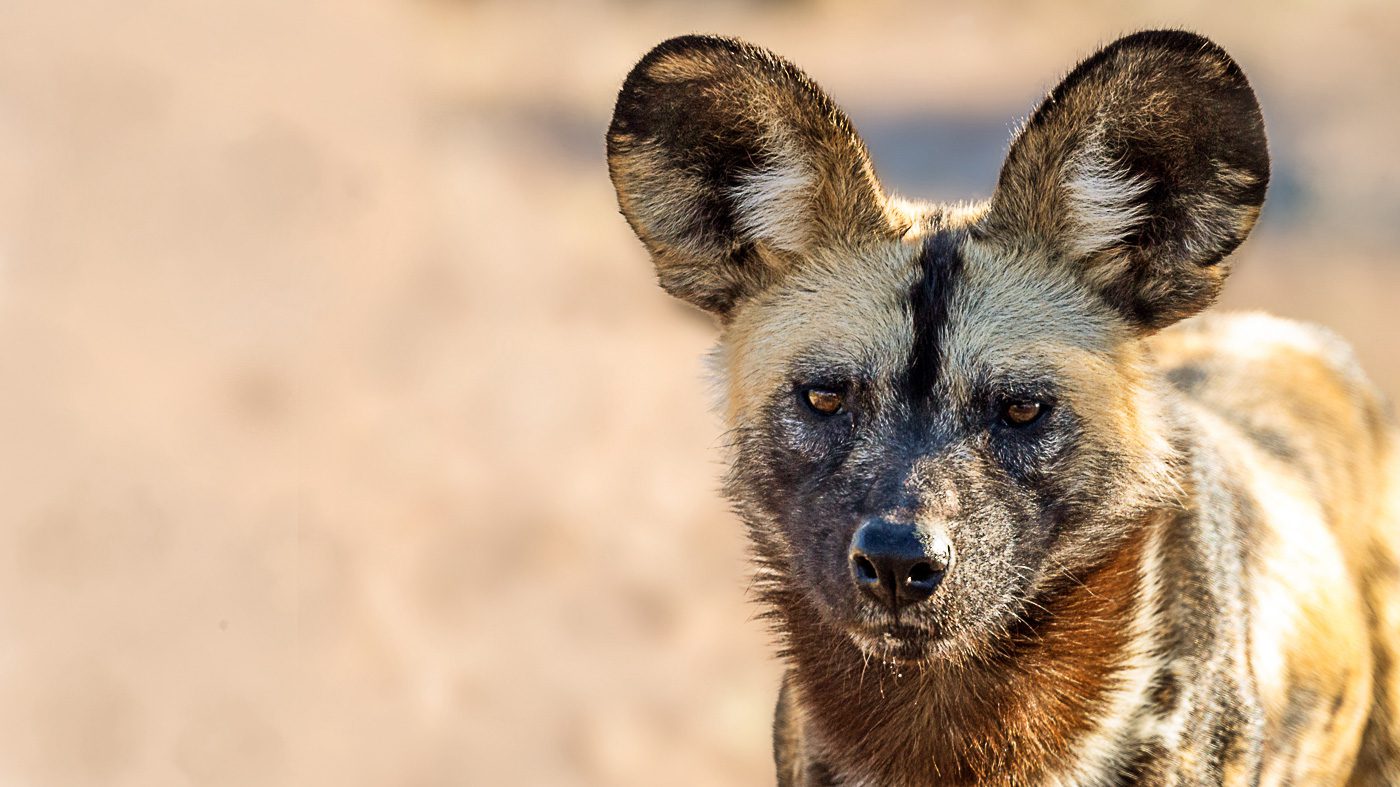
Domestic dogs have also benefitted from a vaccination program, drastically reducing the possibility of the cross-infection of potentially fatal diseases.
South Luangwa is considered one of the most dependable locations for wild dogs, but there is an additional aspect that makes the National Park particularly appealing: it is the birthplace of the walking safari. The months of June to October are optimal for walking safaris and offer a wonderful opportunity to track African wild dogs through grass, forested and wetland habitats.
Expertly trained armed guides will take guests through certain regions of the park on foot, opening the opportunity for a more tangible interaction with the park’s wild dog populations. Obviously, those interactions don’t include petting and snuggles! But observing the pack from ground level, without the separation of a game vehicle hindering your line of sight, allows for a certain sense of connection that is rarely achieved with African wildlife, particularly the rare African wild dog.
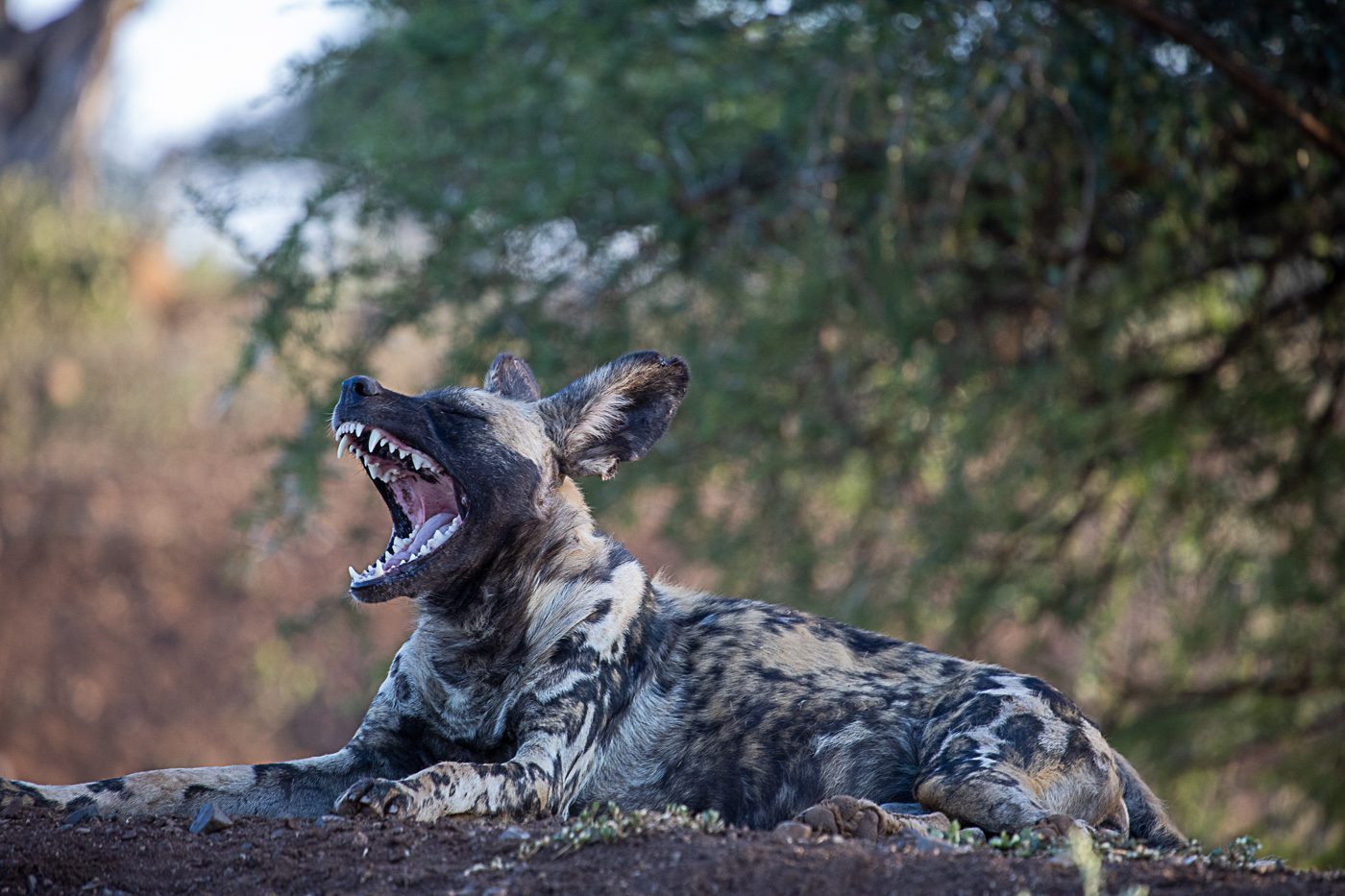
Laikipia County, Kenya
The wonderful landscapes of Laikipia are superb for game viewing of all kinds. The abundance of wildlife isn’t as much as in other countries or regions, but the undulating terrain creates pockets of higher-density populations and easier observation. Sporadic waterholes are guaranteed magnets for numerous species.
Sadly, where once this was an abundant wild dog habitat, less than a decade ago Laikipia’s strong population of ten dog packs was almost eradicated by a virulent outbreak of distemper.
Significant efforts, particularly in Loisaba Conservancy, have brought wild dogs back to the county, and though it is a slow journey, numbers are returning with a very promising increase.
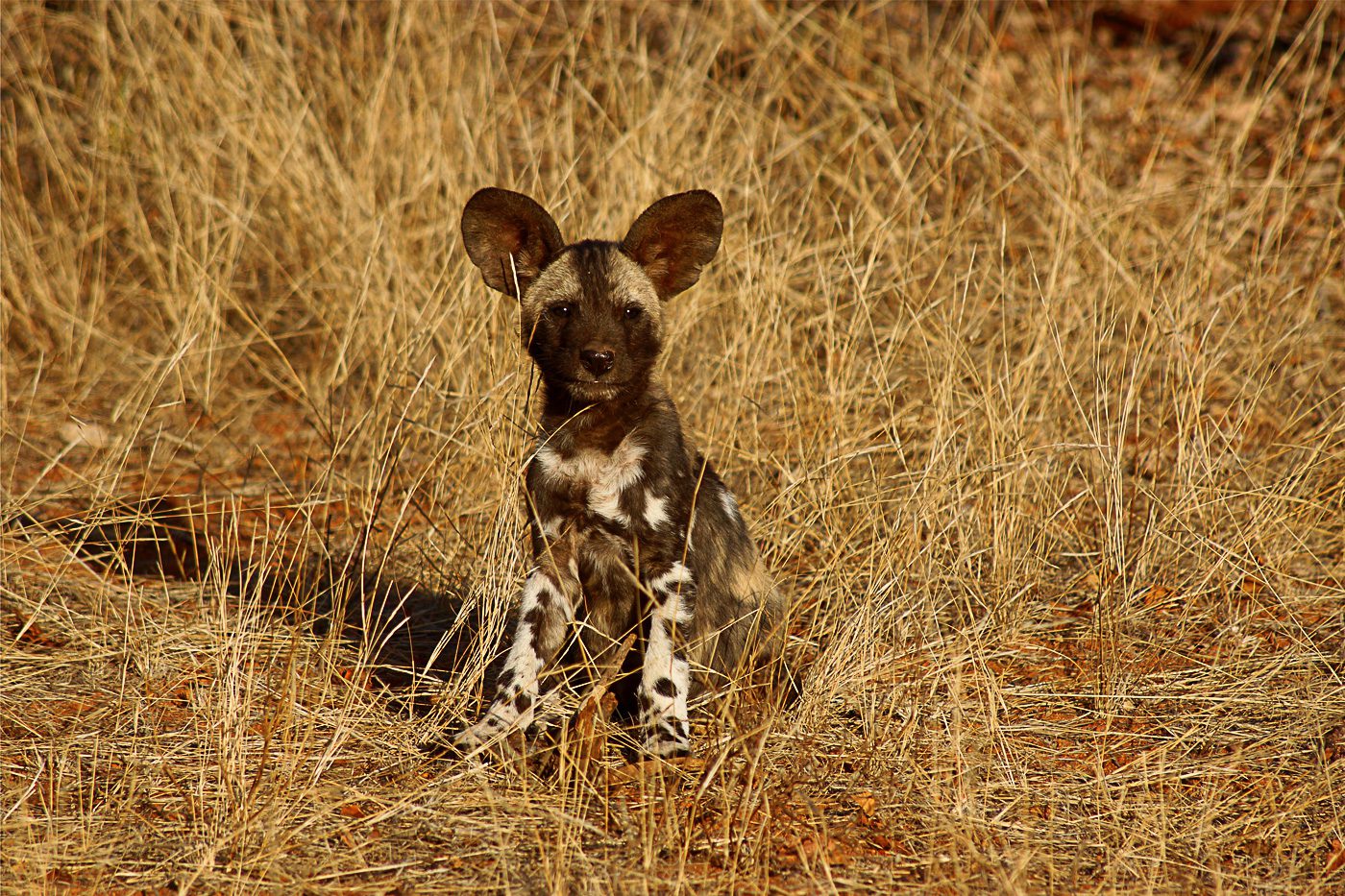
Tragic though this has been, the rising population is being carefully monitored, encouraged and protected, giving guides inside knowledge of where wild dogs might be found. Conservation tourism is also pervasive here, with visitor income being funnelled directly into numerous concerns, including wild dog protection.
While Laikipia may not have the numbers of other areas, knowing that your visit will be directly supporting the rehabitation of African wild dogs is incredibly rewarding, and the spectacular scenery of the rocky outcrops and hillscapes of Laikipia provides a wonderful backdrop for photography.
Tswalu Kalahari, South Africa
Tswalu’s African wild dog population was also ravaged by a distemper outbreak in recent years.
However, like so much in Tswalu, the dogs are receiving all the assistance mankind can provide, while still keeping them wild and free. Tswalu Kalahari is a wildlife reserve far more than it is a tourist attraction or destination. Conservation, radio tracking, veterinary care and much more are provided for a spectrum of species, from aardwolves and pangolins to meerkats, brown hyenas and the wild dogs.
This is one of the most secure and closely-monitored wildlife sanctuaries in Africa, and along with its luxury lodges, it provides a very minimal number of visitors the opportunity to see conservation in practice.
Thankfully, the hard work of the Tswalu team has seen a steady increase in the recovering African wild dog population that is regularly sighted as part of the monitoring program.
With the remarkable rich-red sands of the Kalahari to roam, African wild dogs are finding their strength once more and, like Laikipia, Tswalu is a wonderfully rewarding place to see these beautiful, fragile animals in the wild, knowing that their future survival is in the best hands possible.
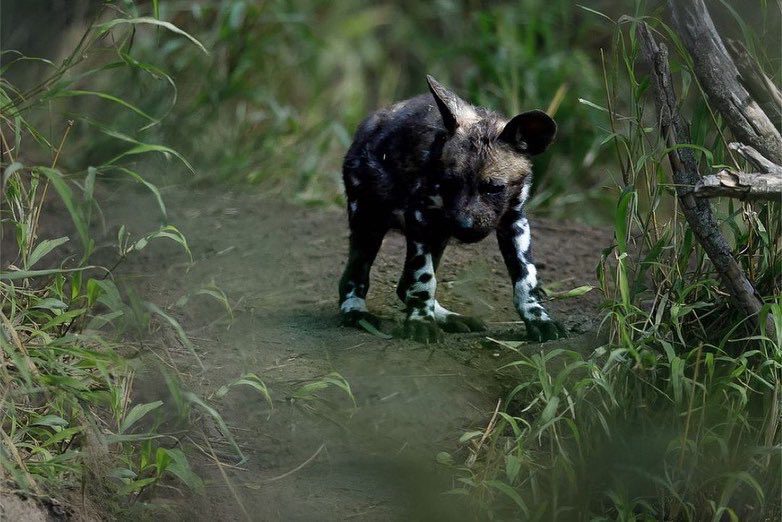
Africa has so many wonderful species to observe.
Wherever you go, whatever you might see, it will assuredly be reward enough for your efforts. Zebra, giraffe, elephant and lion; all add to making an unforgettable safari experience. But to witness some of the continent’s rarest inhabitants, to see their recovery and growth, and to observe their incredible levels of community, communication and camaraderie make the quest to find African wild dogs truly worthwhile.
Whether it is African wild dogs, meerkats, rhino or cheetah, our experience has given us the very best knowledge of where and when to find even the rarest of Africa’s animals. Talk to us today about incorporating wild dogs or any other creature into your next luxury safari itinerary.
